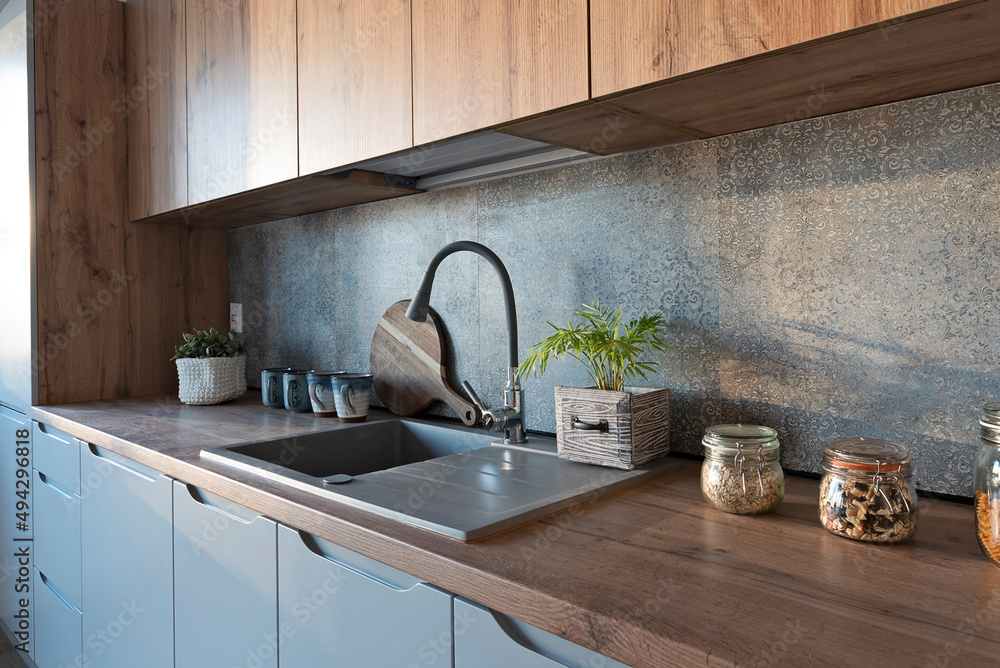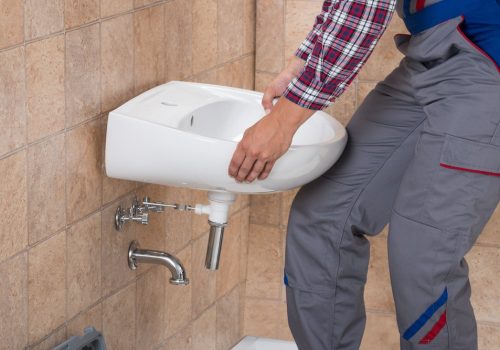This post following next involving The Future Of Plumbing: Trends And Technologies To Watch is exceedingly interesting. You should see for yourself.

Intro
The plumbing sector is undergoing a transformative phase driven by technical improvements and expanding worries for sustainability and efficiency. This short article discovers arising fads and technologies forming the future of pipes.
Smart Plumbing Systems
Incorporating smart innovation into plumbing systems enables remote monitoring, leakage discovery, and automated maintenance. Smart sensing units and IoT (Net of Things) tools allow homeowners and plumbing professionals to monitor water usage and find problems in real-time, leading to more reliable source administration and aggressive upkeep.
Water Performance Solutions
With enhancing focus on water preservation, cutting-edge solutions are being established to lessen water waste in plumbing systems. High-efficiency fixtures, greywater recycling systems, and clever watering controllers are amongst the technologies assisting consumers decrease their water impact while maintaining comfort and benefit.
Lasting Materials
The shift towards sustainability includes plumbing materials, with an expanding preference for environment-friendly choices. Naturally degradable piping products, such as PEX (cross-linked polyethylene) and HDPE (high-density polyethylene), deal durability and resistance to deterioration without compromising environmental honesty.
Anticipating Upkeep
Anticipating maintenance methods utilize information analytics and artificial intelligence formulas to expect and stop plumbing issues prior to they happen. By examining historical information and efficiency metrics, predictive upkeep algorithms can recognize patterns and anomalies, enabling aggressive interventions to stay clear of expensive repair work and interruptions.
Increased Truth in Pipes
Augmented Truth (AR) modern technology is reinventing plumbing by providing service technicians with real-time aesthetic support for fixing and repair work tasks. AR-enabled wise glasses or mobile applications overlay electronic details onto the physical setting, helping plumbers visualize pipe formats, recognize covert leaks, and implement repairs with accuracy.
Impact of 3D Printing
The arrival of 3D printing has actually introduced new possibilities in producing pipes components. From custom-made fixtures to intricate pipeline fittings, 3D printing allows for rapid prototyping and on-demand production, reducing lead times and making it possible for higher modification in pipes layout.
Health And Wellness Features
In feedback to increased worries for health and wellness, pipes fixtures are including features such as antimicrobial surface areas, touchless procedure, and self-cleaning devices. These technologies not only enhance health yet additionally promote user convenience and benefit.
Hygiene-focused Fixtures
Touchless faucets, self-sanitizing bathrooms, and antimicrobial surfaces are becoming progressively prevalent in domestic and industrial settings, minimizing the threat of bacterium transmission and advertising a cleaner, healthier environment.
Water High Quality Monitoring
Developments in water quality monitoring modern technologies allow property owners to keep an eye on the purity and security of their water supply in real-time. Smart water high quality sensors can discover impurities, pH levels, and temperature level variations, encouraging customers to take aggressive procedures to guarantee water safety.
Remote Plumbing Services
Remote diagnostics and digital aid are changing the means plumbing services are delivered. With video clip conferencing and remote gain access to technologies, plumbings can troubleshoot problems, provide advice for DIY repair services, and even carry out remote inspections, using better ease of access and ease to property owners.
Difficulties and Opportunities
While plumbing advancements hold enormous pledge, they likewise present challenges such as information personal privacy worries, regulative compliance, and the demand for workforce training. Dealing with these challenges calls for collaboration between market stakeholders and regulatory bodies to make certain risk-free and liable execution of brand-new innovations.
Regulative Landscape
Regulative structures play a crucial duty fit the adoption of plumbing innovations, with requirements and codes governing everything from water efficiency to product safety. As innovations continue to develop, regulative bodies need to adapt to ensure customer defense and ecological stewardship.
Future Overview
The future of plumbing is defined by continued development and integration with various other fields such as IoT, renewable energy, and structure automation. By accepting sustainable practices, leveraging arising modern technologies, and prioritizing user-centric layout, the pipes industry is positioned to address the advancing requirements of society while decreasing its environmental footprint.
Final thought
Finally, the future of pipes is specified by a merging of modern technology, sustainability, and user-centric layout. By embracing clever solutions, sustainable products, and positive maintenance practices, the pipes market can improve effectiveness, advertise safety, and add to a more lasting future.
Plumbing Technology Trends 2024: Shaping a Sustainable and Efficient Future
Plumbing Technology: A Beacon of Innovation
Intelligent Plumbing Systems: The adoption of smart plumbing solutions offers unparalleled control over water usage, preventing waste and ensuring optimal efficiency. These systems can be installed by qualified contractors and may require technicians with expertise in new codes for proper functionality. Eco-Friendly Piping: Innovations in piping materials, like PEX and recycled content options, are making plumbing systems more sustainable. These materials are not only better for the environment but also durable and flexible, making them easier to install and less likely to need repairs. Automated Leak Detection: New plumbing technologies include systems that can automatically detect leaks. This is a big deal because it means we can fix them before they cause a lot of damage or waste too much water. It’s all about catching problems early and saving resources. Energy-Efficient Water Heaters: There’s also a big push towards devices that use less energy. This includes solar and tankless models, which provide hot water only when it’s needed, cutting down on energy use and costs. Plumbers: Champions of Sustainability
Adopting Green Practices: Contractors who specialize in sustainable plumbing can ensure your system meets the latest regulations and utilizes efficient valves. They undergo comprehensive training programs that emphasize sustainability in practices like eco-friendly installations. Water Conservation Efforts: Through the installation of high-efficiency appliances, plumbers are essential in reducing water consumption and promoting conservation. When repairing or replacing older fixtures, plumbers can recommend high-efficiency options that comply with local codes. Pipe: The Lifeline of Modern Plumbing
Innovative Pipe Solutions: The use of environmentally friendly and durable materials in pipes, like PEX and recycled content options, reduces the ecological footprint and enhances water quality. These innovative pipe solutions may require specialized repair techniques from qualified plumbers familiar with the materials. Advanced Leak Detection: Modern pipes are now more frequently equipped with sensor technology that can identify leaks early, conserving water and preventing damage. Early leak detection can save homeowners money on repair costs and potential water damage. Water Heater: At the Forefront of Efficiency
Renewable Energy Heaters: Solar heaters and other renewable energy-powered models are becoming more common, offering an eco-friendly alternative to traditional methods. These benefit the environment but can also potentially lead to lower water bills through reduced energy use. On-Demand Heating: Tankless heaters have gained popularity for their ability to provide hot water as needed, minimizing energy waste. This innovative technology eliminates the need for a large storage tank, freeing up valuable space and simplifying the installation process for qualified plumbers. https://intownplumbingtx.com/articles/plumbing-technology-trends/

As an enthusiastic reader about The Future Of Plumbing: Trends And Technologies To Watch, I assumed sharing that piece of writing was worthwhile. Those who enjoyed our post plz be sure to pass it around. I take joy in your readership.
Call